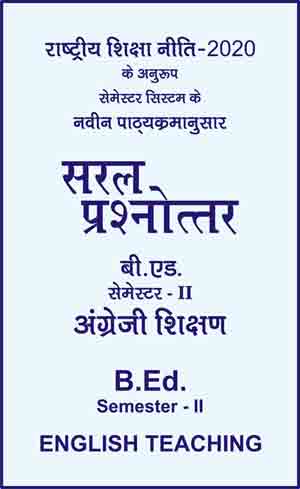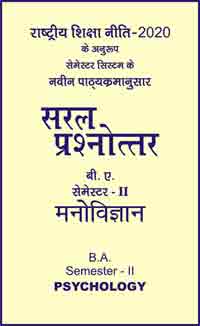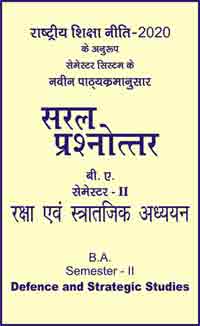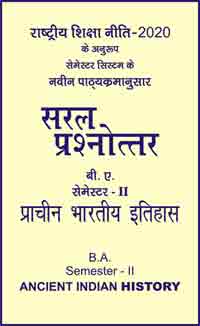|
बी एड - एम एड >> बीएड सेमेस्टर-2 अंग्रेजी शिक्षण बीएड सेमेस्टर-2 अंग्रेजी शिक्षणसरल प्रश्नोत्तर समूह
|
5 पाठक हैं |
||||||
बीएड सेमेस्टर-2 अंग्रेजी शिक्षण - सरल प्रश्नोत्तर
Question- What is the position of English in the School Curriculum?
Ans.
After the attainment of independence, drastic change in our outlook took place with regard to the place of English in the school curriculum. The Government of India appointed several commission, from time to time to study the whole structure of education and suggest measures for its improvement. The issue of the place of English was also considered in the commission's reports. The first important commission after the attainment of freedom was appointed by the Government of India in 1948 under the chairmanship of Dr. S. Radhakrishanan. This is known as University Education Commission. The commission was not in favour of abolishing English altogether from the curriculum. It gave the following weighty reasons in support of its study.
"English, however, must be continued to be studied. It is language which is rich in literature - humanistic and technical. If under sentimental urges, we should give up English, we would cut ourselves Off from the living stream of ever growing knowledge.
Place of English in school curriculum by
the University Education Commission
The Commission recommended that study of English should be given due position in secondary school and facilities should be made available at the middle school stage for its study on optional basis. It recommended the following language to be studied at the middle school stage -
- Mother tounge or Regional Language.
- Hindi for Non-Hindi regions.
Or
A modern Indian language for Hindi regions. - English (optional).
At the secondary stage, the commission recommended the study of two languages that would equalize the language load on pupils of both Hindi and Non-Hindi areas.
-
Mother language or Regional language
A composite course of mother-tongue and classical language.
Or - The second language to be chosen from among the following.
(a) Hindi - (for those whose mother tongue is not Hindi)
(b) Elementary English (for those who have not studied it in the middle stage)
(c) Advanced English - (who had studied it in middle stage)
(d) A modern Indian language (other than Hindi)
In 1956, the Central Advisory Board of Education examined the complex problem of the teaching of languages in relation to the needs of the country. While keeping the importance of English in view, it devised a three language formula which was simplified and approved by the conference of Chief Ministers in 1961.
Formula 1 - English was given a second or third place.
Formula 2 - English was to be studied as a second language.
In order to maintain uniformity of standards in both Hindi and non-Hindi areas, pupils were expected to study English as a second language rather than as third language. So we see that while devising these two three-language formula, the importance of English was not ignored and it was given next position after the mother tongue or the regional language.
In 1964, another important Education Commission was appointed under the chairmanship of Dr. D. S. Kothari. The Kothari commission also stressed the need of continuing the study of English as a foreign language in the following words. 'As English will, for a long time to come, continue to be needed as a library language in the field of higher education, a strong foundation in the language will have to be laid at the school stage. The commission recommended the following three-language formula -
- Language - The mother-tongue or the Regional language.
- Language - The official language of the union or The Associate official language so long as it exists.
- Language - A modern Indian or foreign language (not covered) under I and II and other than the medium of education
Thus at the lower secondary stage, a pupil was required to study at least three languages according to the Commission's report. In this formula we find that the position of English is at number two because in Hindi areas, the first language will be Hindi and hence they will prefer English as their second language. Similarly in non-Hindi areas, the first language will be the mother-tongue or regional language of the area. They will also prefer to study English as their second language.
|
|||||













